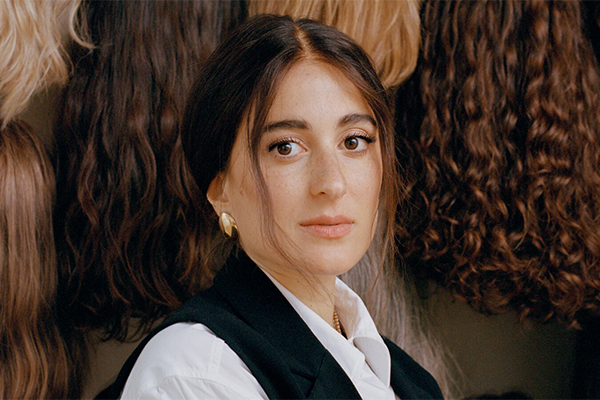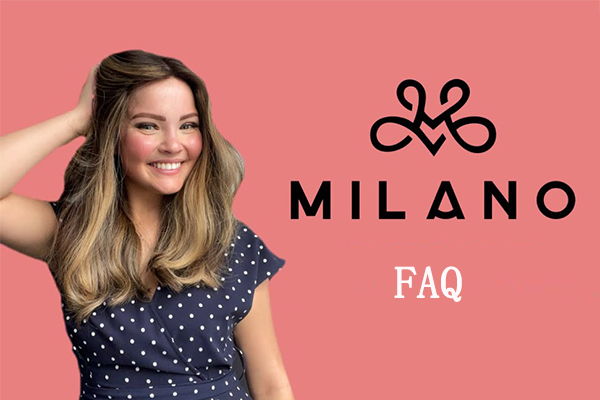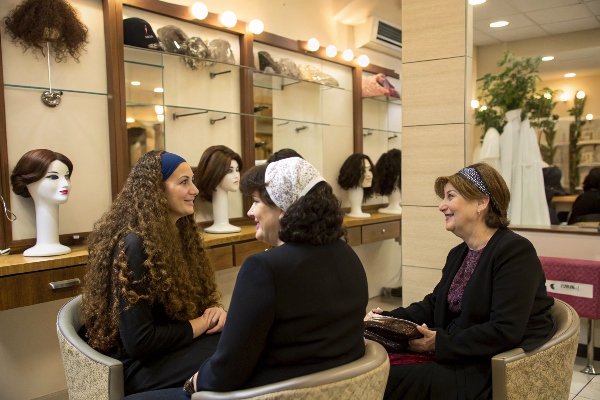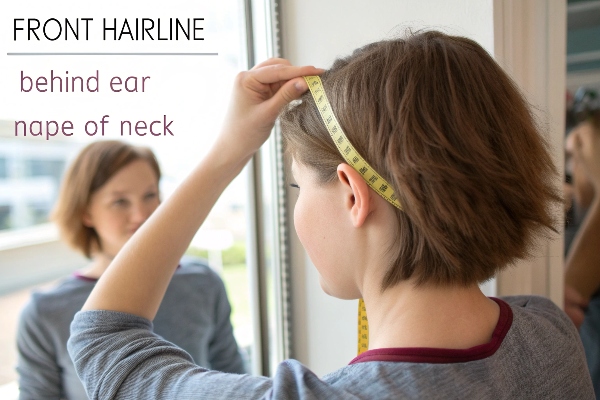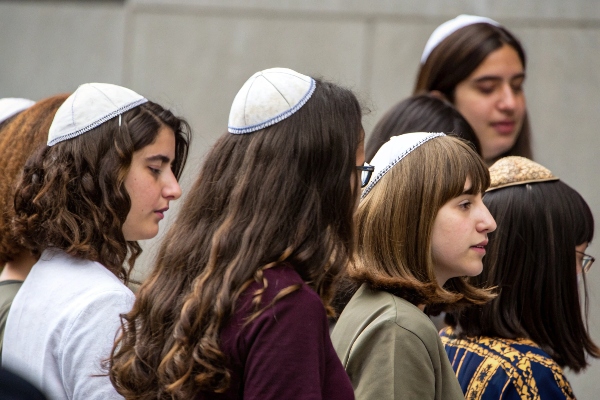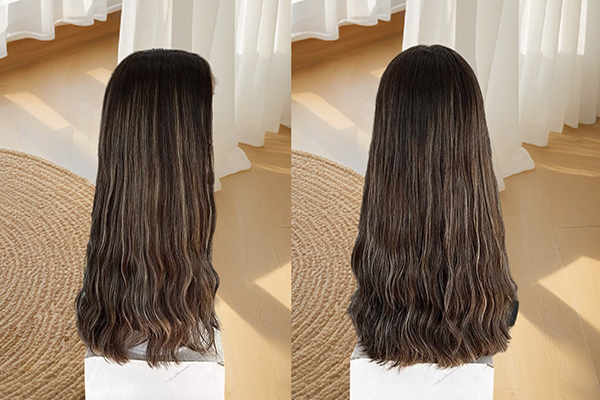The practice balances tradition with appearance. Why is this allowed?
Orthodox Jews wear wigs, known as sheitels, to maintain modesty by covering natural hair. Wigs provide an acceptable way to meet religious laws while fitting societal norms.

This thoughtful approach allows women to adhere to religious mandates regarding modesty1 without feeling excluded from modern fashion trends. By choosing to wear sheitels2, they can express their identity while honoring the values of their faith. Additionally, this practice respects religious beliefs about modesty and privacy, ensuring that women can navigate both their spiritual obligations and personal expression seamlessly. Consequently, wigs serve as a bridge between tradition and contemporary society, allowing for a harmonious coexistence of values.
Why Do Jews Wear Wigs Instead of Scarves?
Wigs offer unique benefits. Why choose them over scarves?
Wigs are favored because they allow Jewish women to cover their hair with ease while appearing fashionable. They also offer versatility in style and resemblance to natural hair.
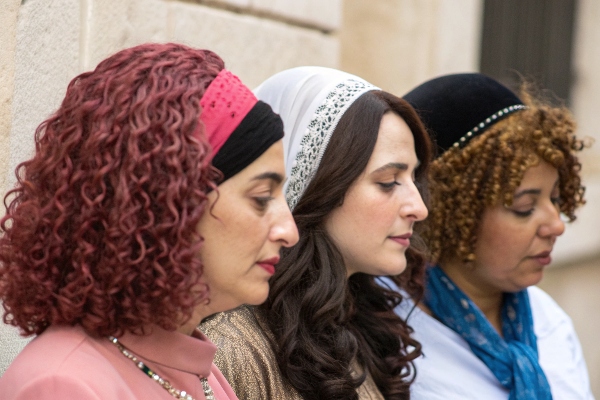
Unlike scarves, which can sometimes limit styling options, wigs3 provide versatility in both color and texture, closely resembling natural hair. This allows women to express their individuality while adhering to the modesty guidelines4 of their faith. Additionally, wigs can be more convenient and comfortable for everyday wear. This choice reflects a balance between religious obligation and personal appearance, enabling women to maintain their commitment to their beliefs while embracing their identity and style in a contemporary context.
Why Do Jews Wear Head Coverings?
Head coverings hold significant meaning. Why are they worn?
Jewish head coverings, worn by both men and women, signify humility and reverence for God. For men, wearing a kippah shows awareness of a higher authority. For women, coverings like wigs or scarves symbolize modesty and dignity.

This important tradition fosters a sense of identity and belonging within the Jewish community5, emphasizing personal devotion to faith while highlighting respect for religious practices. The act of covering one’s head serves as a reminder of spirituality6, encouraging individuals to maintain a connection to their heritage and beliefs.
Discover how modesty shapes fashion choices today, promoting a balance between personal expression and cultural values. ↩
Explore the cultural and religious significance of sheitels, and how they blend tradition with contemporary style. ↩
Explore the advantages of wigs, including versatility and comfort, which can enhance personal style while respecting modesty. ↩
Understanding how modesty guidelines shape fashion can provide insights into balancing personal expression with cultural values. ↩
Exploring this link will deepen your understanding of the rich traditions and values that shape the Jewish community. ↩
This resource will provide insights into the profound impact of spirituality on individual faith and practices. ↩

